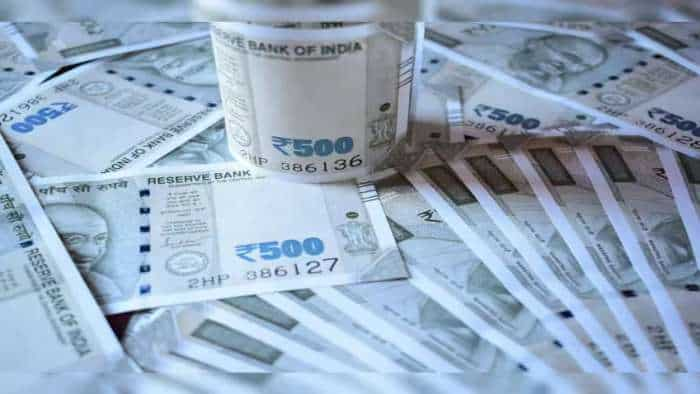Dollar edges lower; on track for second straight monthly loss
The U.S. dollar dipped against most major currencies in early Asia trade, with the euro and sterling rising 0.05% to $1.0994 and 0.02% to $1.2447, respectively.

The dollar began the last trading week of the month on the back foot, with traders awaiting a slew of central bank meetings in May for clues on when the steepest global monetary policy tightening campaign in years might come to a halt.
Top of investors’ minds will be next week’s FOMC meeting, where Federal Reserve policymakers are widely expected to raise rates by another 25 basis points, though focus will be on the guidance for the future rate path.
While recent economic data have pointed to slowing U.S. growth, parts of the economy continue to show resilience while inflation remains sticky, leaving traders debating the scale of rate cuts expected as early as July through to the end of the year.
The U.S. dollar dipped against most major currencies in early Asia trade, with the euro and sterling rising 0.05% to $1.0994 and 0.02% to $1.2447, respectively.
The Aussie edged 0.03 per cent higher to $0.6696.
Data released on Friday showed U.S. and euro zone business activity gathered pace in April, pushing back against concerns about an impending recession in major economies.
“The takeaway from the various PMIs is that the services sector both in Europe and the U.S. seems to be pretty resilient... and inflation-related indicators aren’t giving enough reason for comfort at the moment,” said Ray Attrill, head of FX strategy at National Australia Bank.
“There’s nothing, as yet, to hang your hat on rate cuts in the second half of the year.”
Markets are likewise expecting the European Central Bank (ECB), which also meets next week, to raise rates by a quarter point, with some chance of a 50bp hike.
ECB President Christine Lagarde said last week that inflation in the euro zone remains too high and the ECB’s monetary policy “still has a bit of way to go” to bring back inflation towards its 2% goal.
Elsewhere, the kiwi gained 0.07% to $0.6143, while the U.S. dollar index slipped 0.02% to 101.66.
The index was eyeing a monthly loss of close to 0.9%, having fallen more than 2 per cent in March.
In Asia, the Bank of Japan’s policy meeting this week takes centre stage, as it marks the first meeting to be chaired by new BOJ Governor Kazuo Ueda.
Ueda is widely expected to maintain the BOJ’s current ultra-easy policy at the meeting, having reassured markets since succeeding Haruhiko Kuroda early this month that any change in policy won’t happen quickly.
“We still look for a removal of YCC regime, an interest rate hike at some stage this year amid broadening inflationary pressures and upward pressure on wage growth in Japan,” said OCBC currency strategist Christopher Wong.
“But before that, a policy assessment is likely before committing to any decision, and that suggests that the April (meeting) may be too early to expect any policy shifts.”
The yen was last roughly 0.1 per cent higher at 133.98 per U.S. dollar.
Get Latest Business News, Stock Market Updates and Videos; Check your tax outgo through Income Tax Calculator and save money through our Personal Finance coverage. Check Business Breaking News Live on Zee Business Twitter and Facebook. Subscribe on YouTube.
RECOMMENDED STORIES

Top 7 Small Cap Mutual Funds With Best SIP Returns in 10 Years: Rs 11,111 monthly SIP investment in No 1 fund has sprung to Rs 57,30,613; know about others too

SBI Latest FD Rates: This is what you can get on Rs 10 lakh investment in 1-year, 3-year, and 5-year tenures
07:09 AM IST










 Rupee falls 7 paise to 85.75 against US dollar
Rupee falls 7 paise to 85.75 against US dollar Rupee plunges to record low of 85.84 amid equity selloff, weak capital flows
Rupee plunges to record low of 85.84 amid equity selloff, weak capital flows Rupee falls 4 paise to close at record low of 85.79 against US dollar
Rupee falls 4 paise to close at record low of 85.79 against US dollar Rupee falls 3 paise to 85.78 against US dollar in early trade
Rupee falls 3 paise to 85.78 against US dollar in early trade Rupee closes flat at 85.64 against the US dollar in the first trading session of 2025
Rupee closes flat at 85.64 against the US dollar in the first trading session of 2025